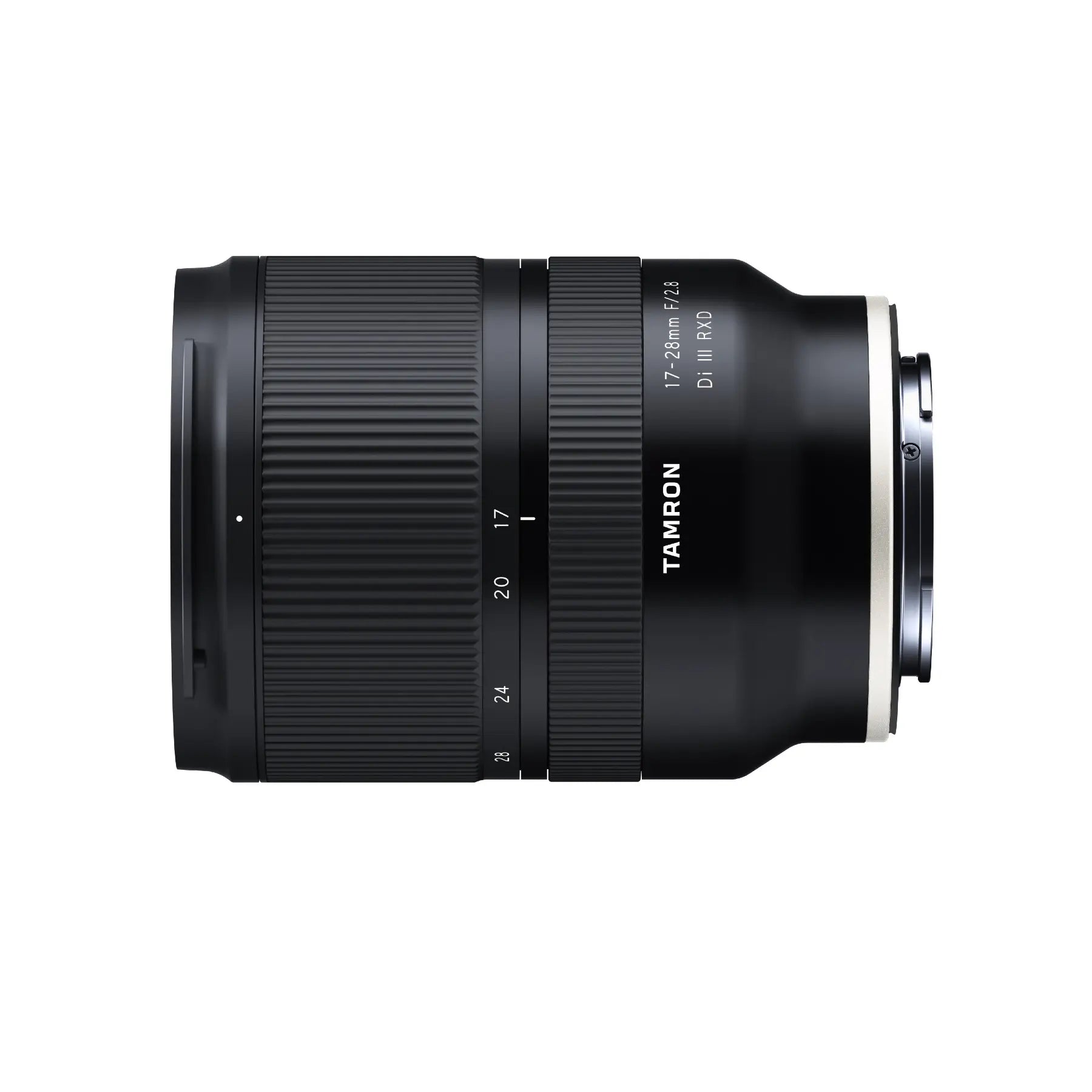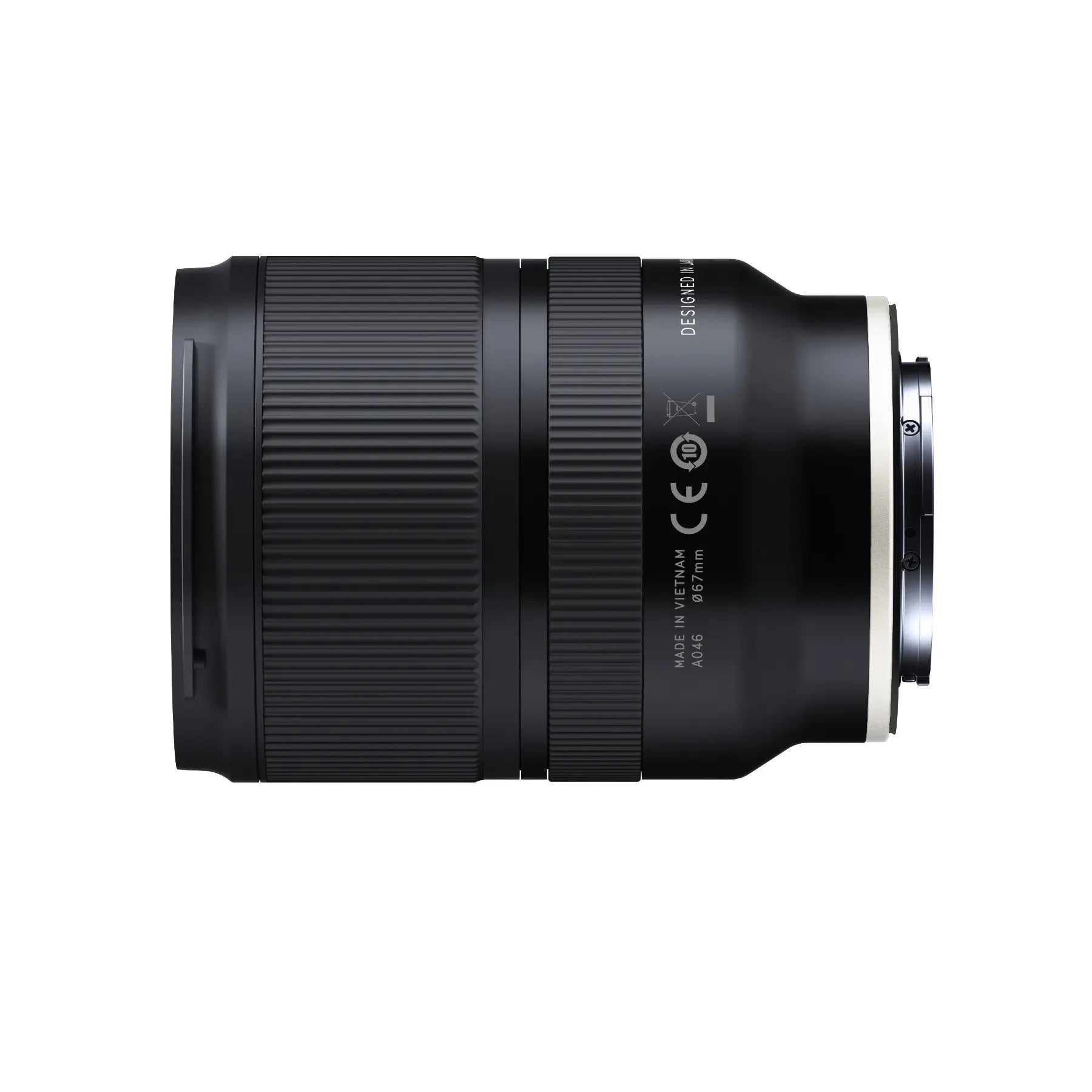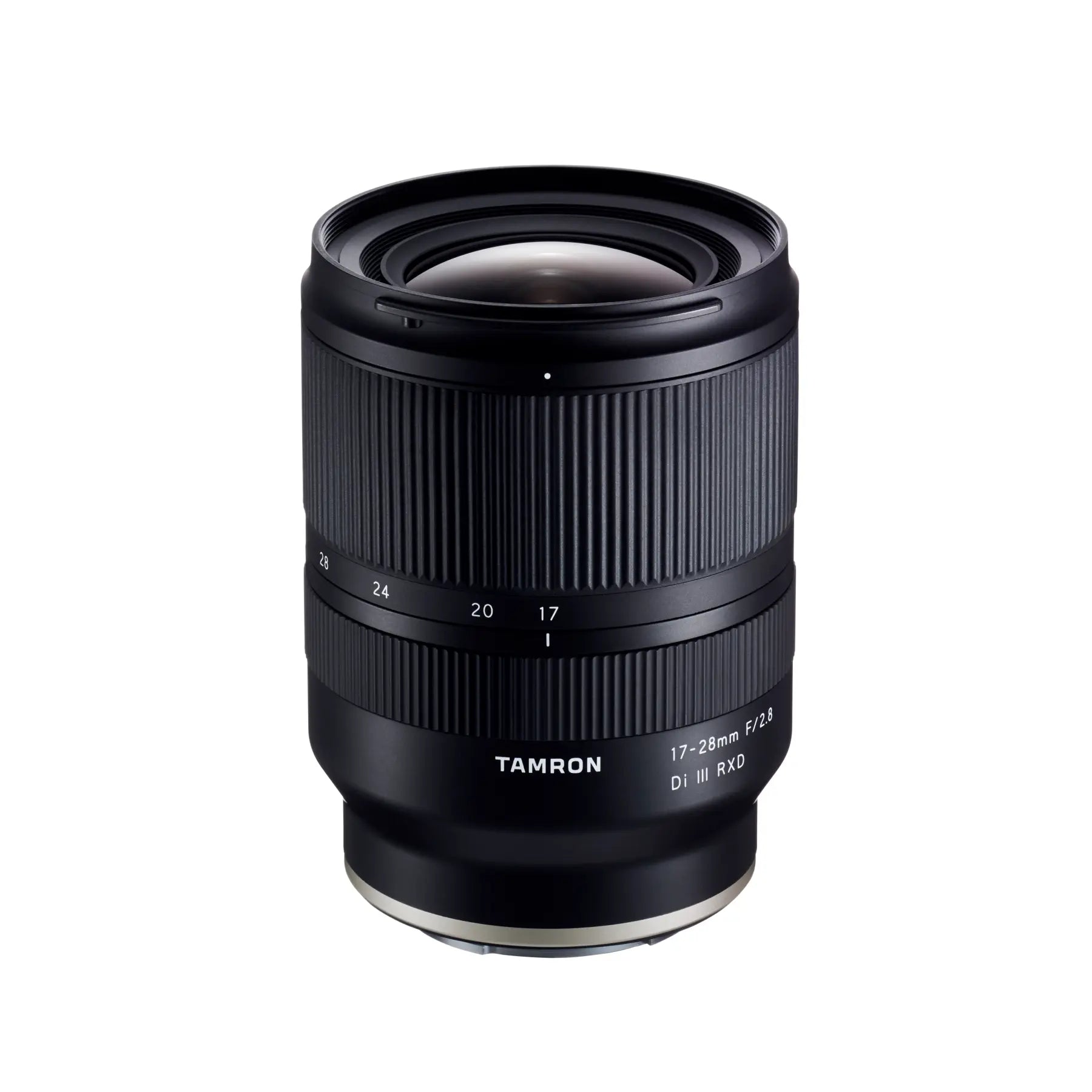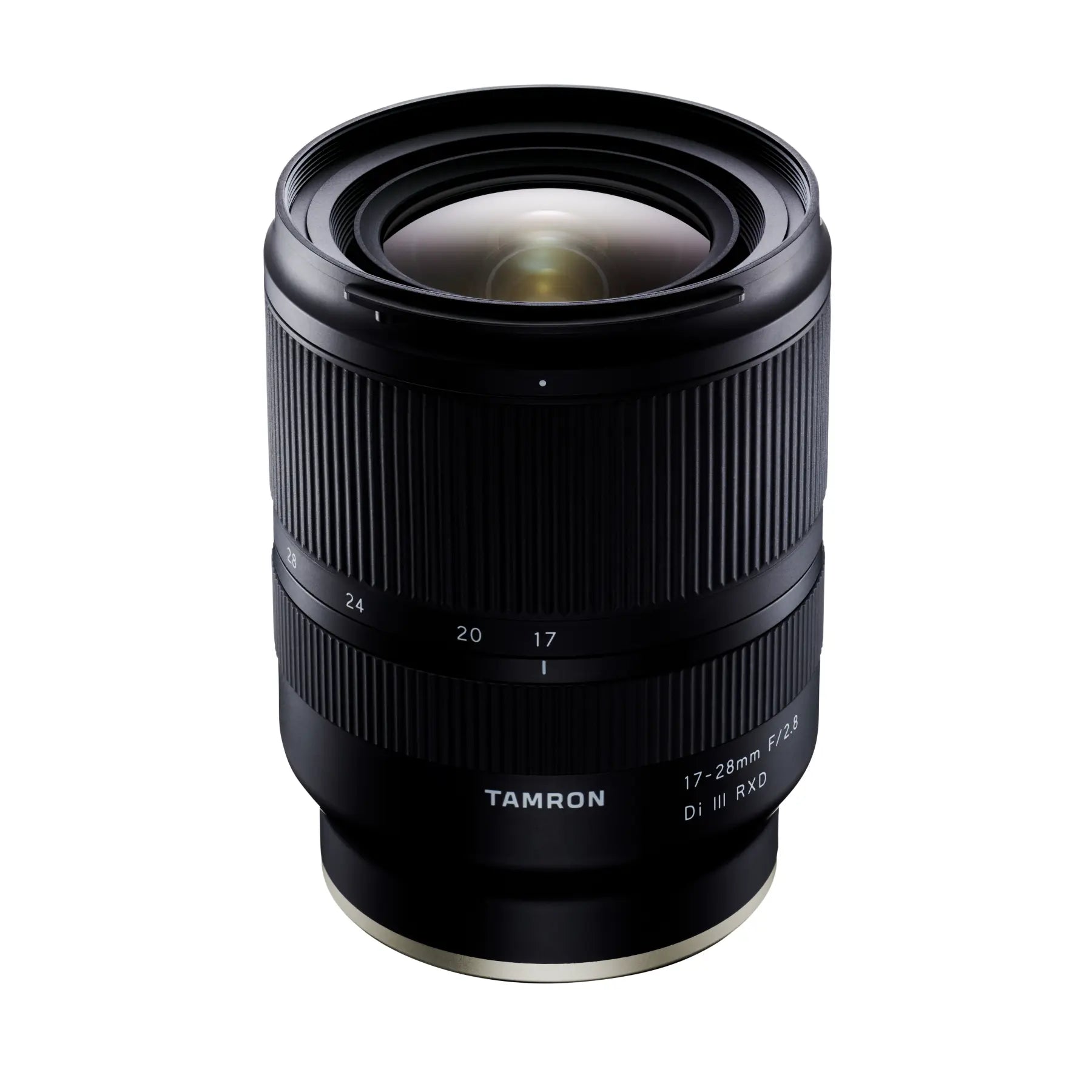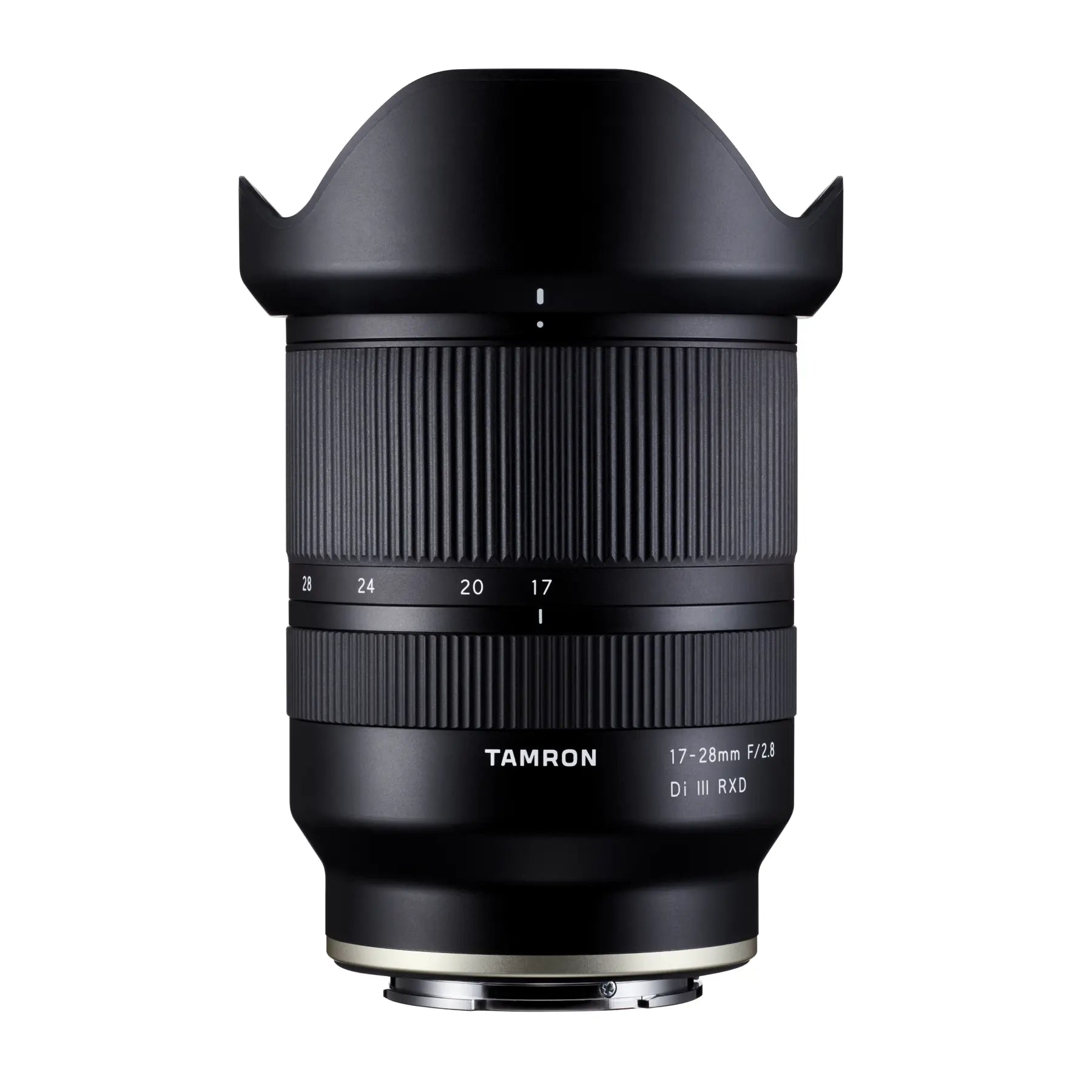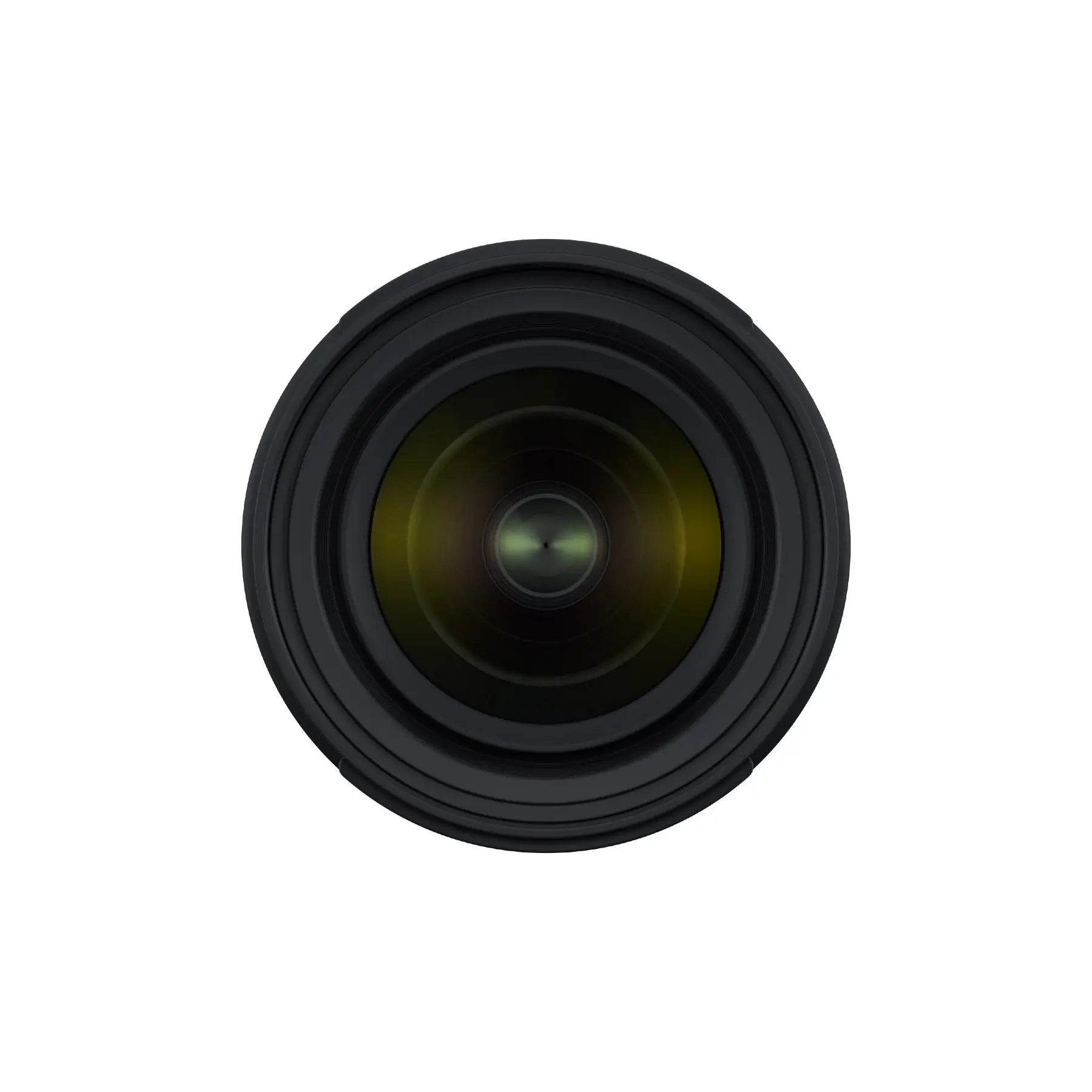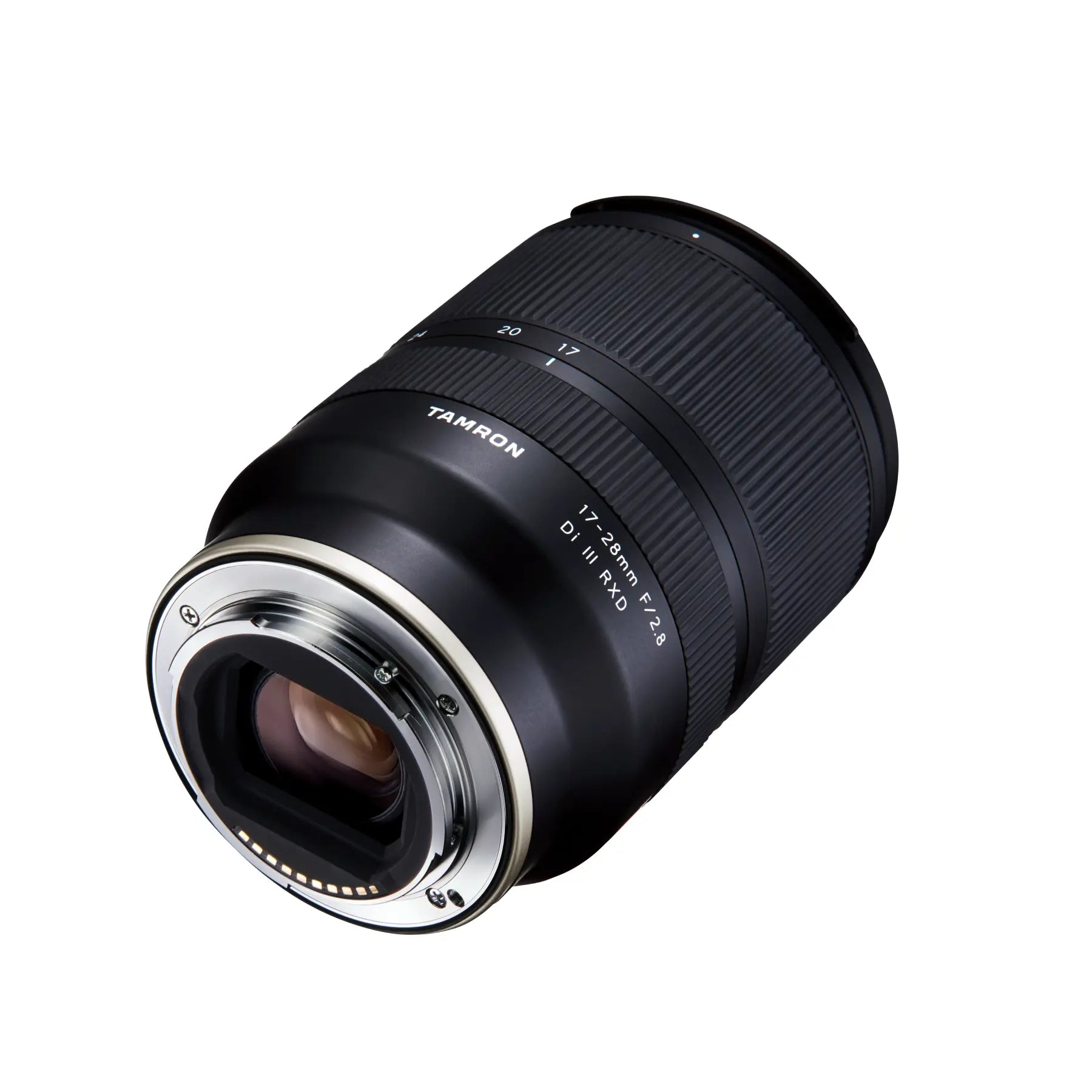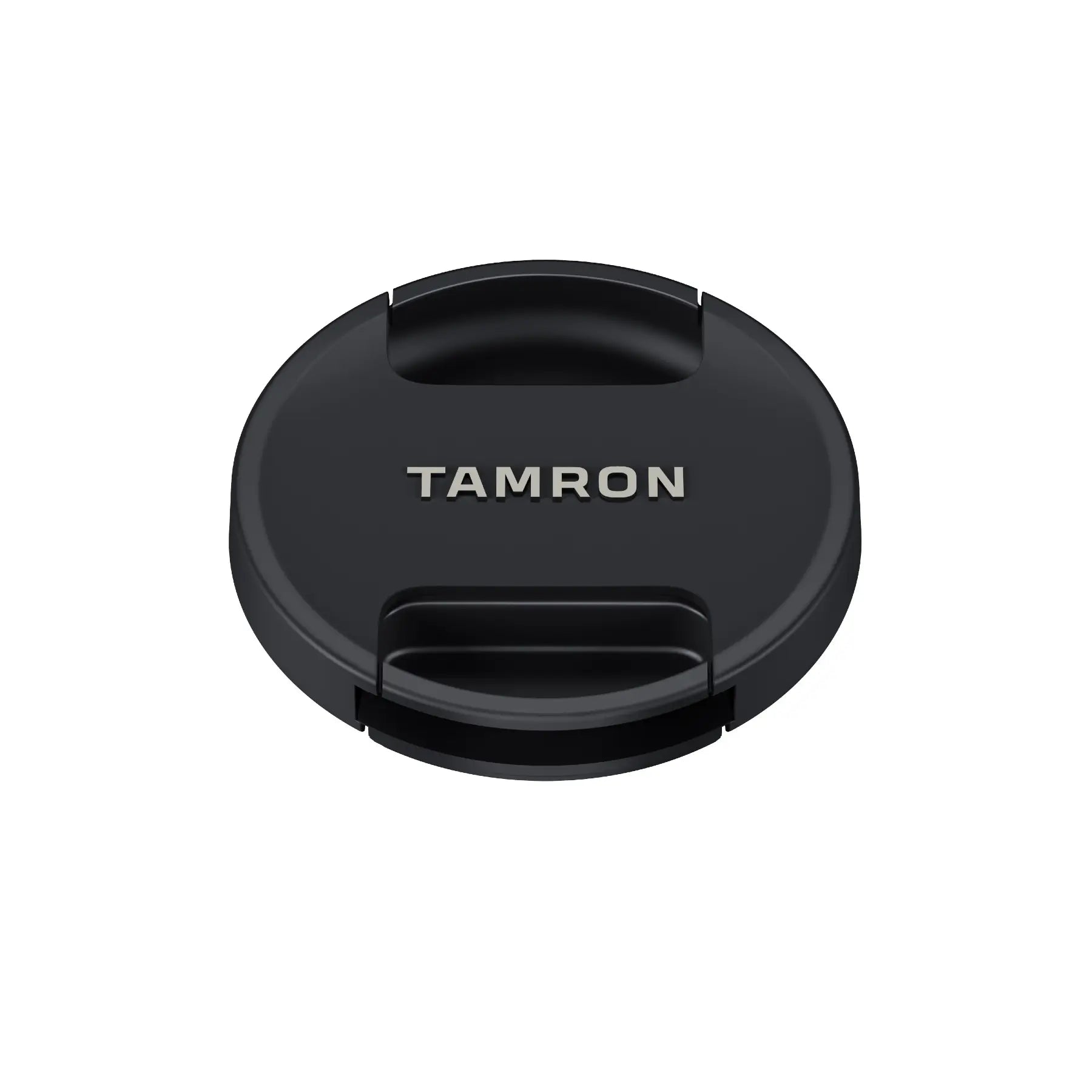Product Description
Tamron 17-28mm F/2.8 Di III RXD Lens for Sony E-Mount
Compact Ultra-Wide Zoom for Creative Photography
The Tamron 17-28mm F/2.8 Di III RXD lens is a compact, lightweight, and high-performance ultra-wide-angle zoom designed exclusively for Sony E-mount full-frame mirrorless cameras. With its constant f/2.8 aperture, advanced optical design, and professional-grade features, this lens delivers stunning image quality in a portable package. Whether you're capturing dramatic landscapes, immersive architecture, or expressive videos, the 17-28mm is a versatile tool for photographers and videographers alike.

Key Features at a Glance
- Ultra-Wide Zoom Range: 17-28mm focal length for expansive perspectives.
- Bright Aperture: Constant f/2.8 maximum aperture for low-light performance and shallow depth-of-field control.
- Lightweight Design: Weighs just 420g and measures only 99mm in length, ensuring portability.
- Advanced Optics: Incorporates XLD, LD, and aspherical elements for superior clarity and minimal aberrations.
- Silent Autofocus: RXD (Rapid eXtra-silent Drive) motor for fast, precise, and near-silent focusing.
- Close-Focus Capability: Minimum focusing distance of 19cm at 17mm for unique wide-angle close-ups.
- Weather-Sealed Construction: Moisture-resistant design with a fluorine-coated front element for durability in harsh environments.
- Compact Filter Thread: Uses a standard 67mm filter size, matching other Tamron lenses for added convenience.

Exceptional Optical Performance
The Tamron 17-28mm F/2.8 features a cutting-edge optical construction of 13 elements in 11 groups, including:
- 3 Aspherical Elements: Minimise distortion and ensure edge-to-edge sharpness.
- 2 Low-Dispersion (LD) Elements: Reduce chromatic aberrations and enhance clarity.
- 1 Extra Low-Dispersion (XLD) Element: Eliminates colour fringing and delivers outstanding resolution.
Combined with Tamron’s Broad-Band Anti-Reflection (BBAR) Coating, these elements ensure reduced flare and ghosting, even in challenging backlit conditions, providing superb image quality with excellent contrast and vibrant colours.

Versatility in Wide-Angle Shooting
The 17-28mm focal range is perfect for capturing:
- Landscapes: Frame wide, sweeping vistas with stunning clarity.
- Architecture: Highlight intricate details of buildings and interiors.
- Travel: Lightweight design makes it an ideal companion for exploring new places.
With a minimum focusing distance of 19cm at 17mm, the lens also allows for creative wide-angle macro photography, offering a unique perspective that makes near objects appear larger and backgrounds more compressed.

Outstanding Autofocus for Photos and Videos
The lens features Tamron’s RXD (Rapid eXtra-silent Drive) autofocus motor, which delivers:
- Fast and Accurate Focusing: Tracks moving subjects effortlessly for both stills and video.
- Quiet Operation: Ideal for video recording, ensuring no motor noise disrupts your audio.
- Seamless Compatibility: Fully integrates with Sony camera features like Eye AF, Fast Hybrid AF, and Direct Manual Focus (DMF), offering an enhanced shooting experience.
Durable and User-Friendly Design
Engineered for real-world use, the Tamron 17-28mm offers:
- Moisture-Resistant Construction: Protects against dust and water for reliability in adverse weather.
- Fluorine Coating: The front element resists smudges, water, and fingerprints, making cleaning quick and easy.
- Internal Focusing System: The lens barrel does not extend during focusing or zooming, maintaining perfect balance and stability.
Its compact size and light weight of just 420g enhance portability, while the consistent 67mm filter thread simplifies the use of filters across multiple lenses in your kit.

Compact and Lightweight for Everyday Use
Measuring less than 100mm in length, the Tamron 17-28mm complements the portability of Sony full-frame mirrorless cameras. It’s a fantastic choice for photographers on the move, allowing you to shoot comfortably all day without fatigue.
Who Is This Lens For?
The Tamron 17-28mm F/2.8 is perfect for creators seeking high-quality results in a lightweight, affordable package. Whether you’re a:
- Landscape Photographer capturing wide-open spaces,
- Architectural Enthusiast highlighting intricate details,
- Travel Photographer seeking a versatile and portable lens, or
-
Videographer creating immersive ultra-wide footage,
this lens delivers the performance and reliability you need.
Technical Specifications
- Mount: Sony E (Full-Frame)
- Focal Length: 17-28mm
- Aperture Range: f/2.8 to f/22
- Lens Construction: 13 elements in 11 groups
- Minimum Object Distance (MOD): 19cm (17mm) / 26cm (28mm)
- Maximum Magnification Ratio: 1:5.2 (wide) / 1:6 (tele)
- Filter Size: 67mm
- Length: 99mm
- Weight: 420g
Why Choose the Tamron 17-28mm F/2.8 Di III RXD?
This lens offers an unbeatable combination of portability, versatility, and professional-grade performance. With a bright f/2.8 aperture, advanced optics, and durable construction, it’s the perfect choice for photographers and videographers looking to expand their creative horizons.
Order Yours Today and experience the freedom of wide-angle creativity with this compact, high-performance lens!
Payment & Security
Your payment information is processed securely. We do not store credit card details nor have access to your credit card information.

